

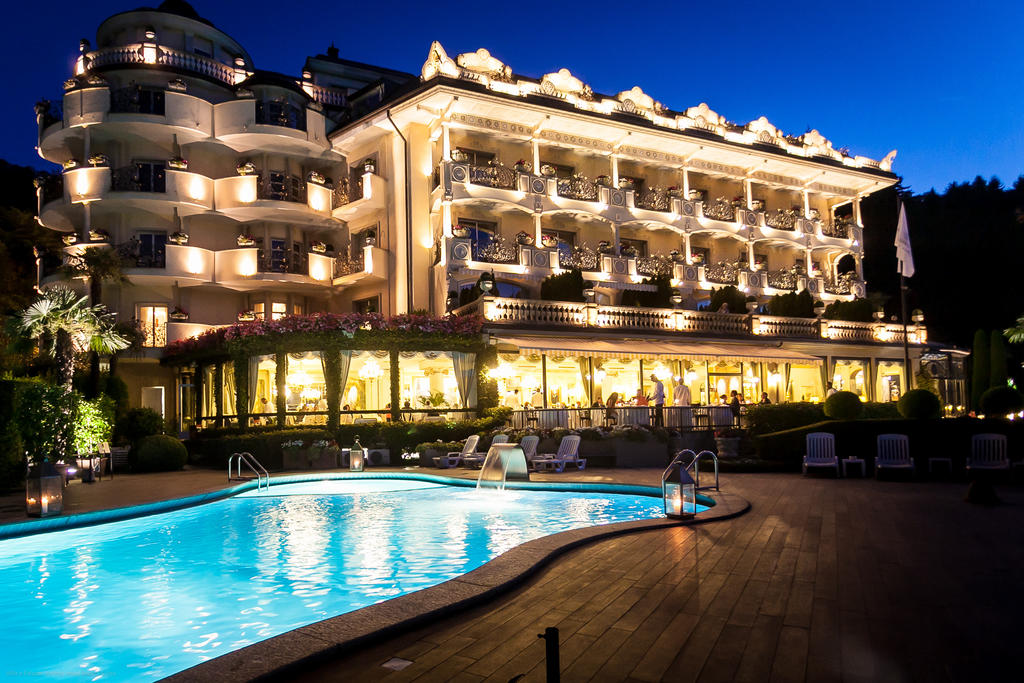



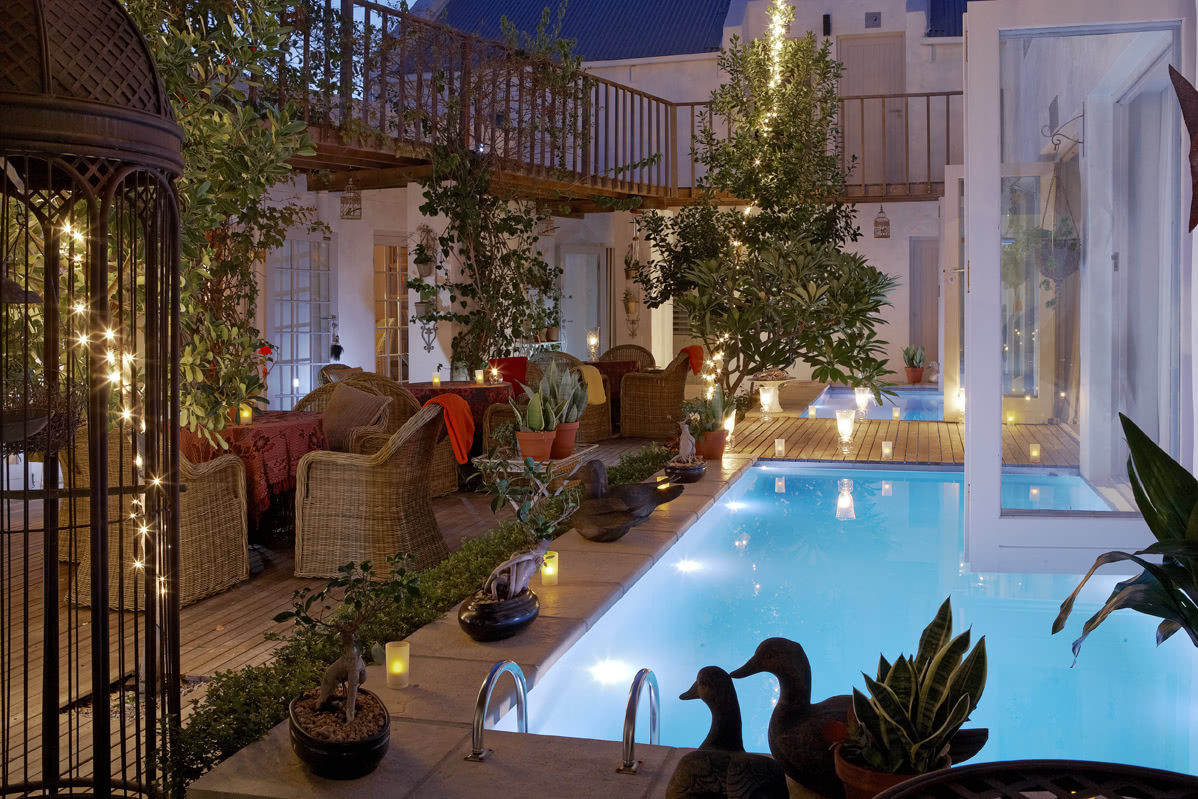
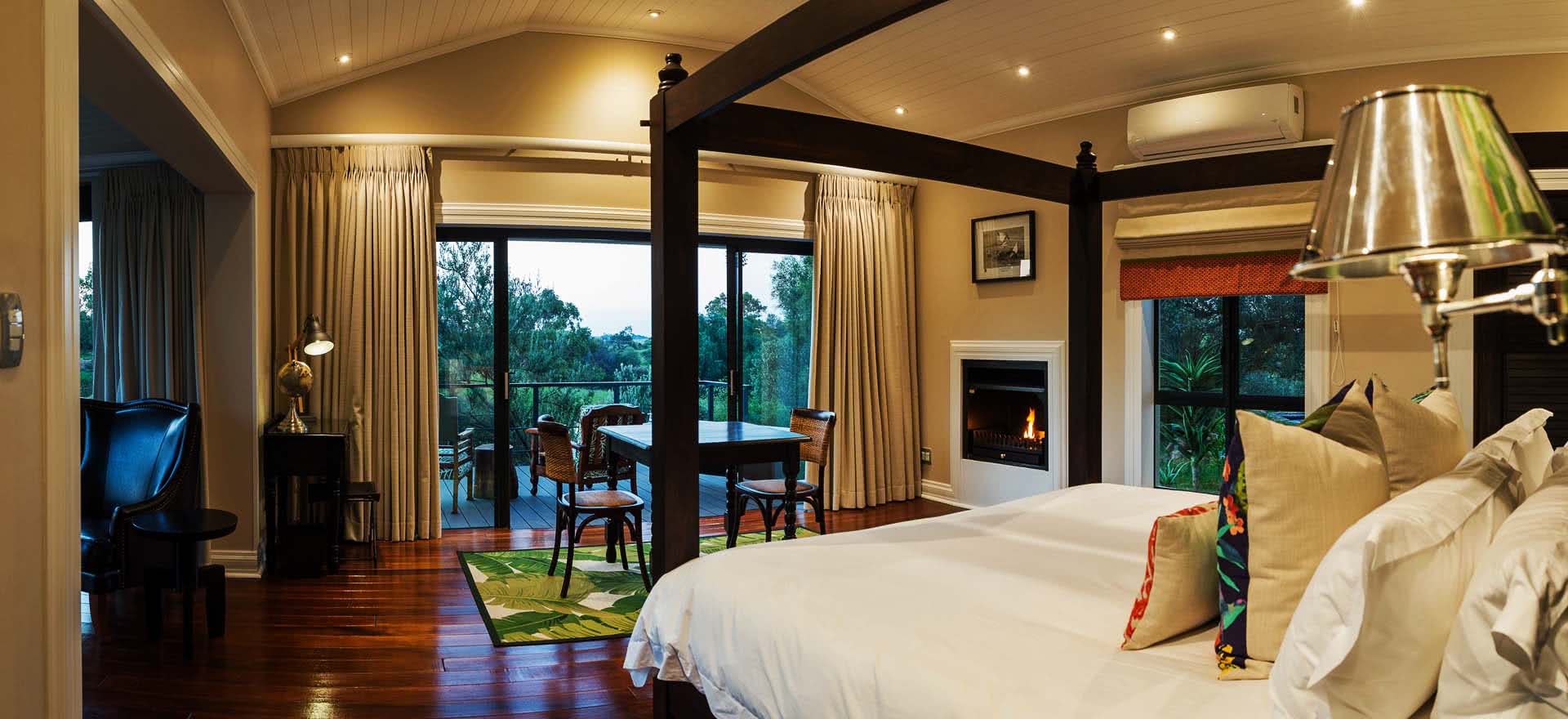
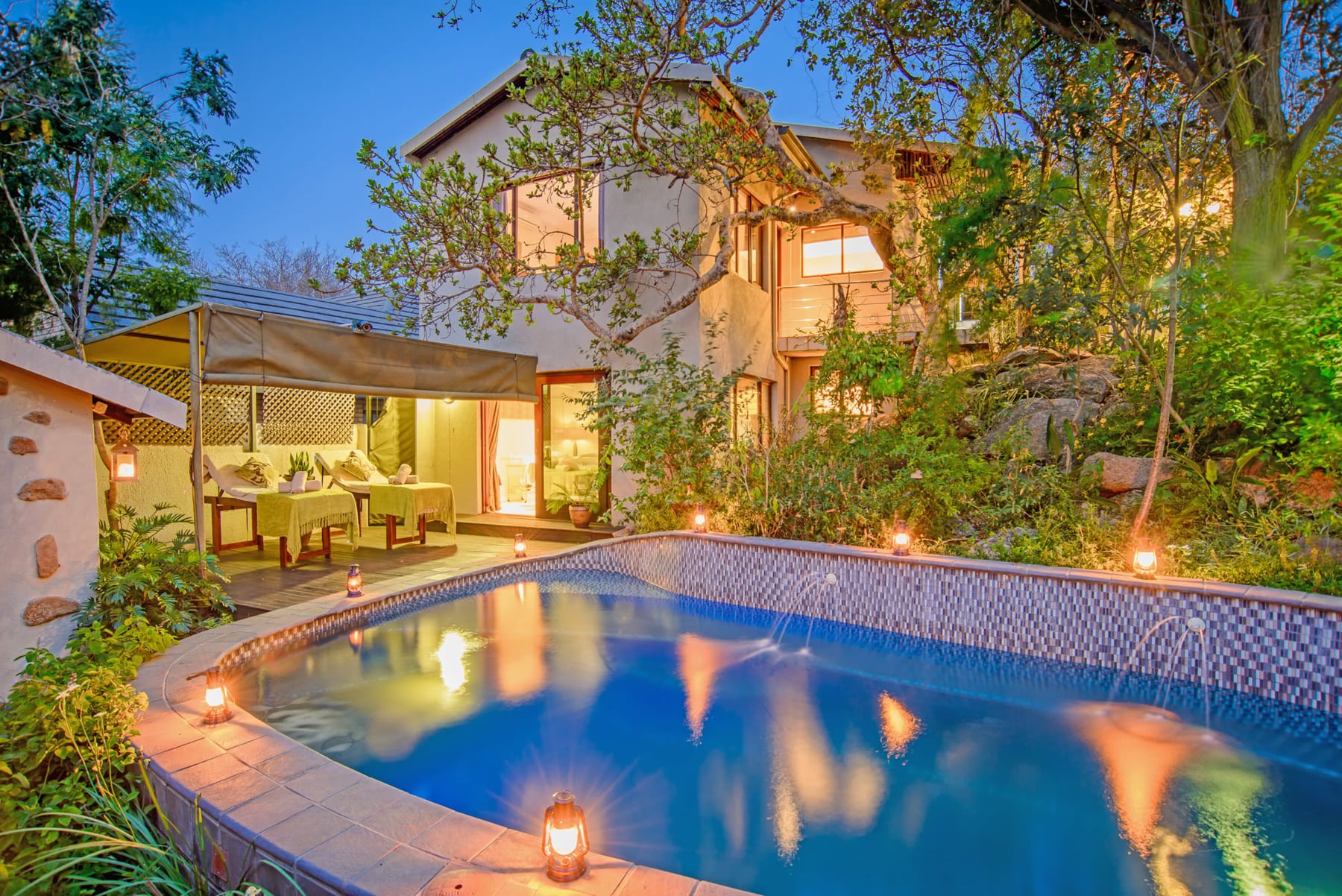




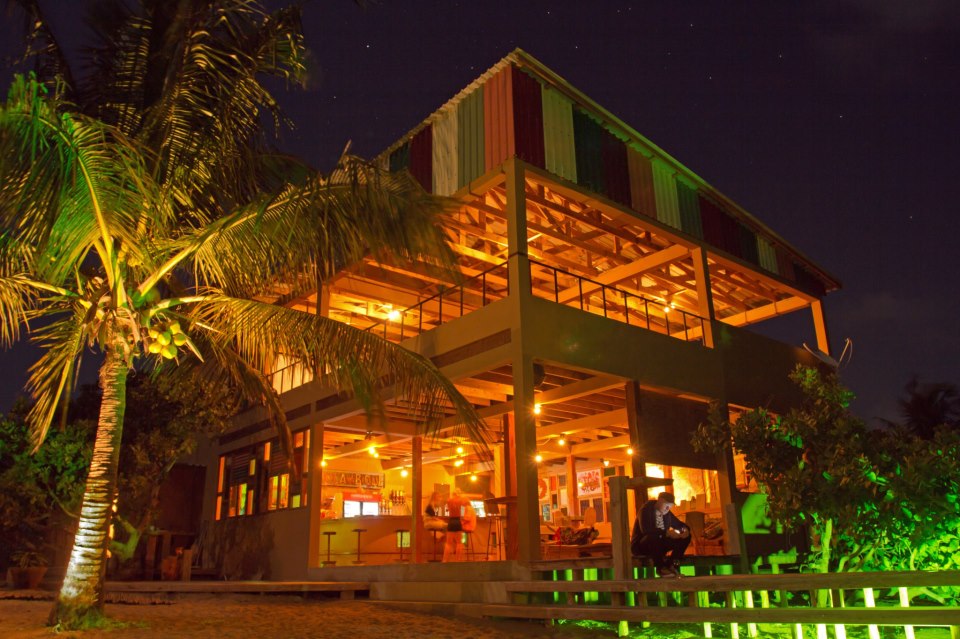




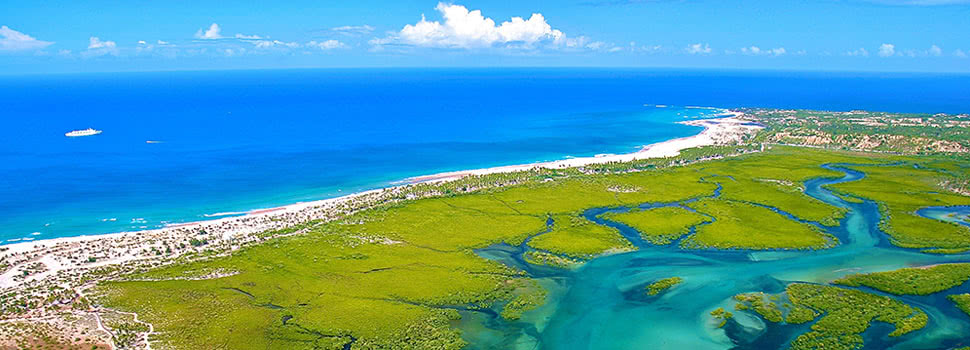
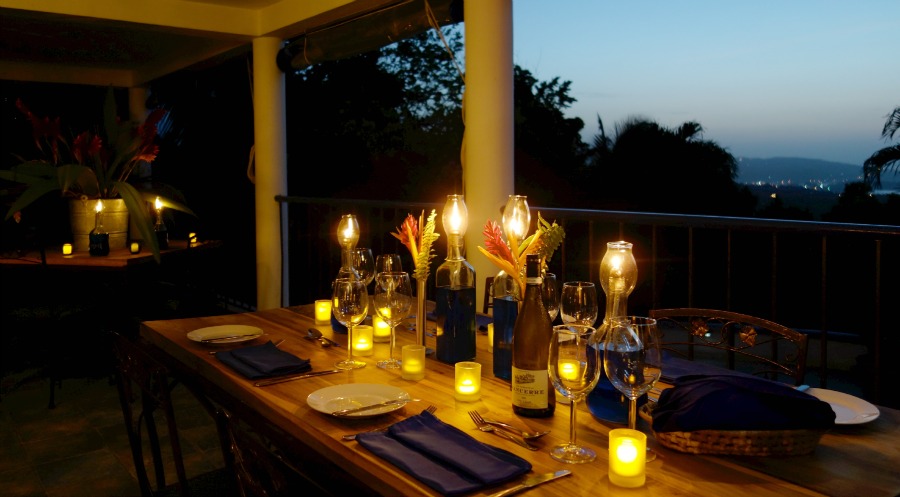



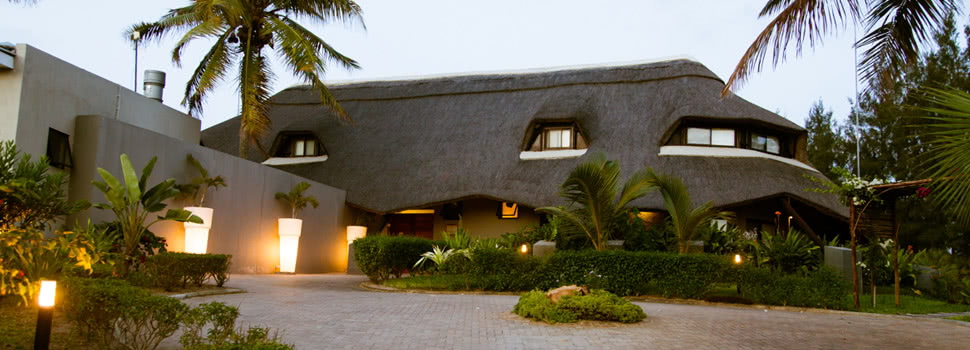



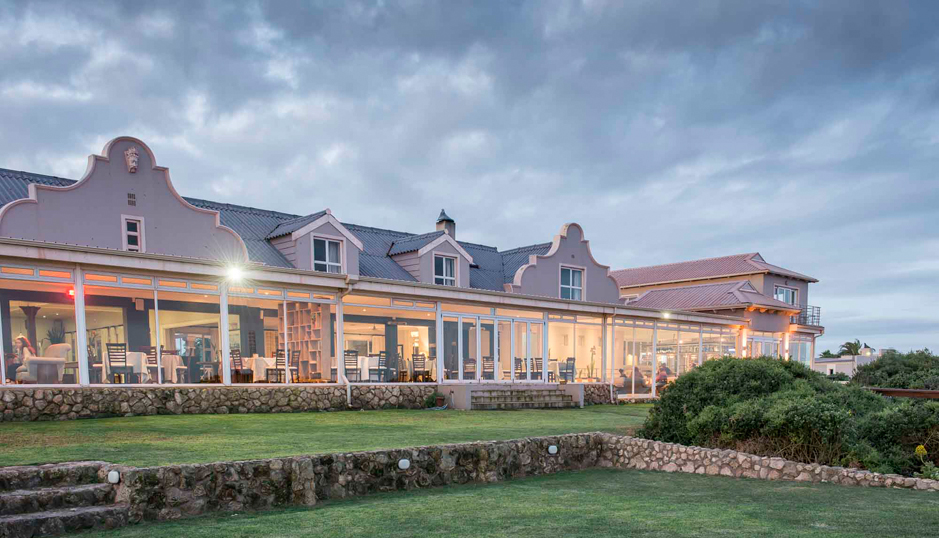


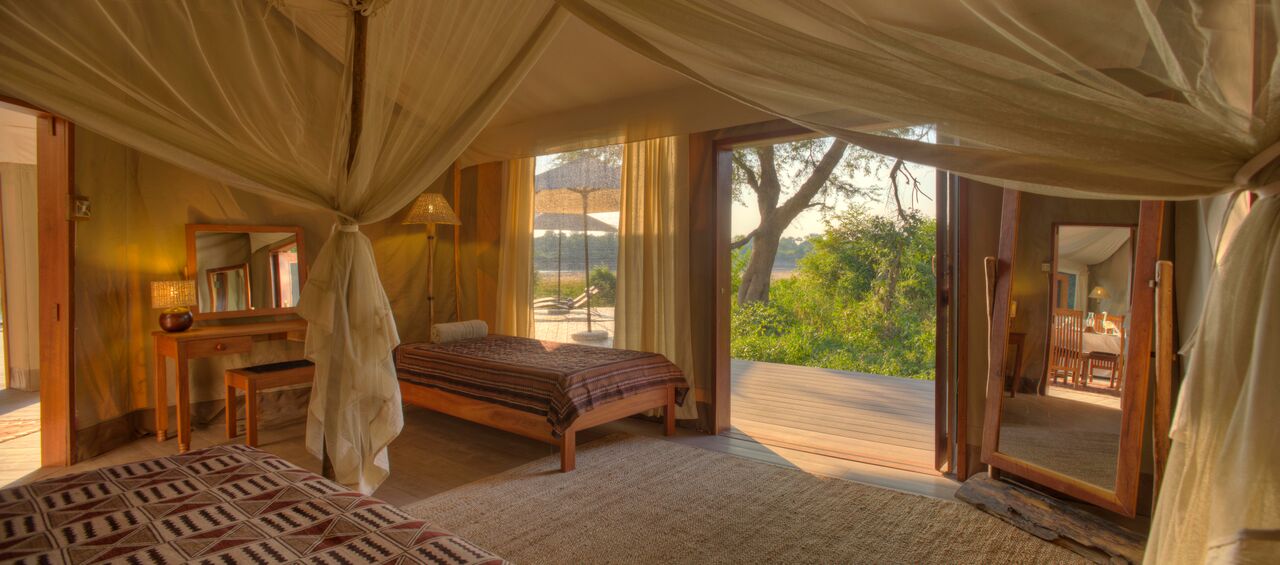


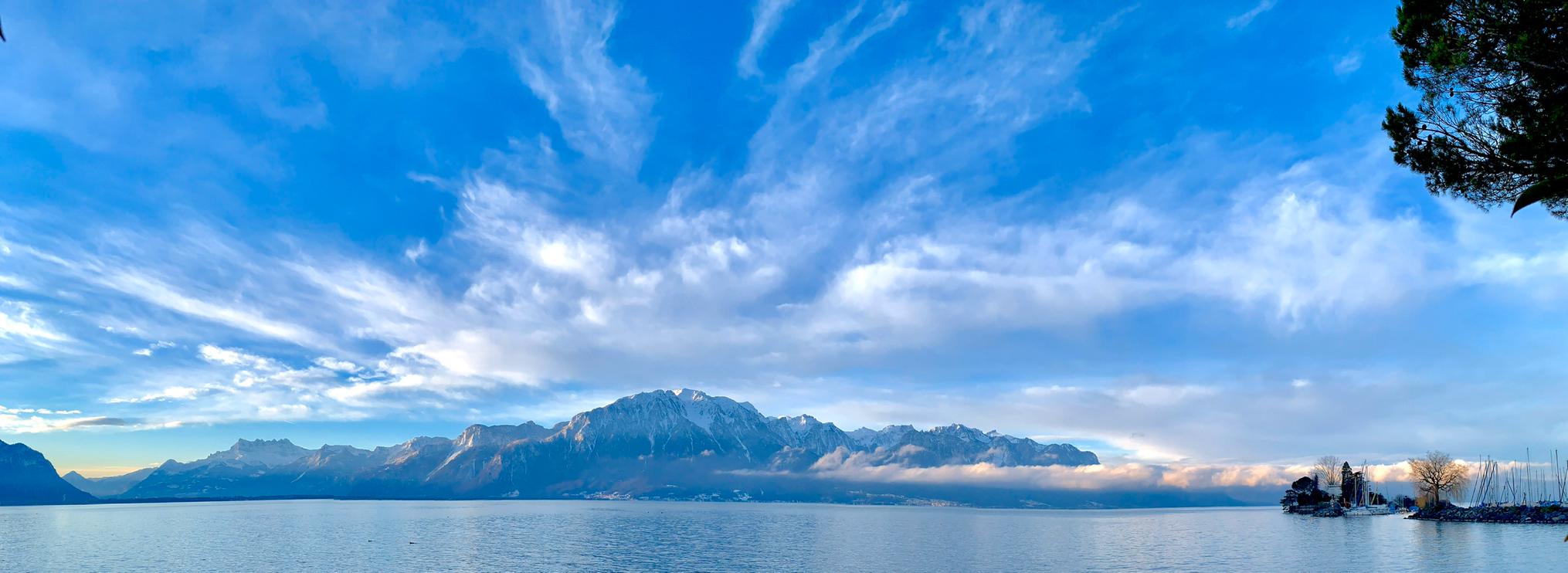


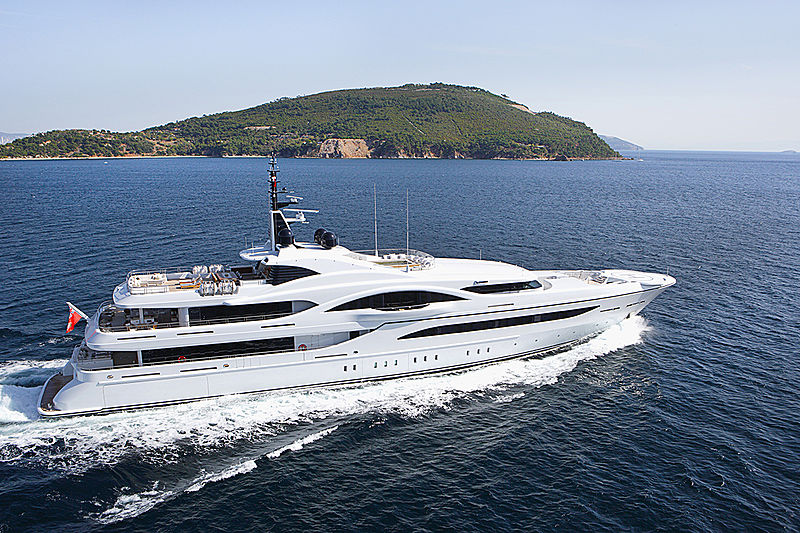














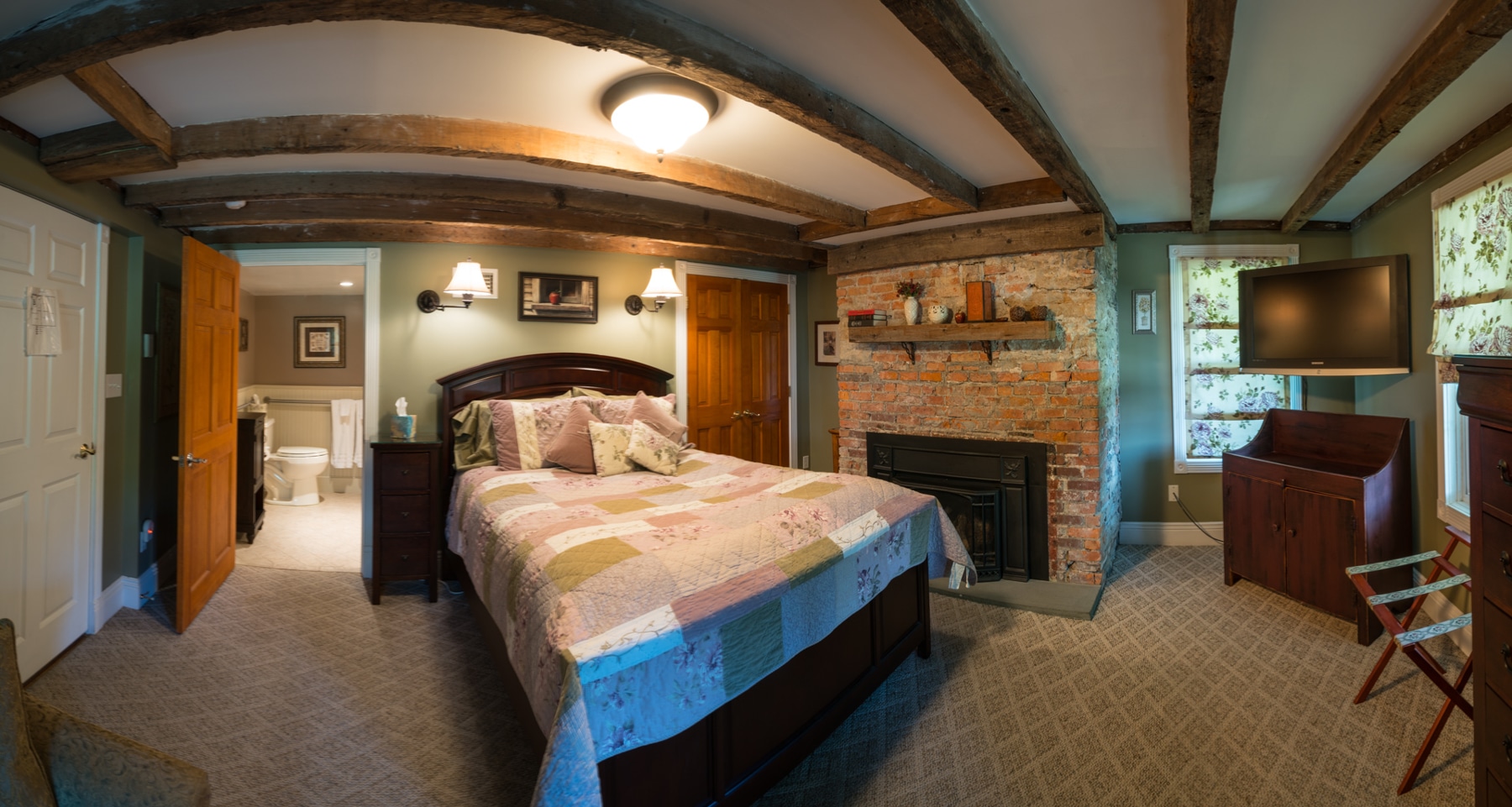






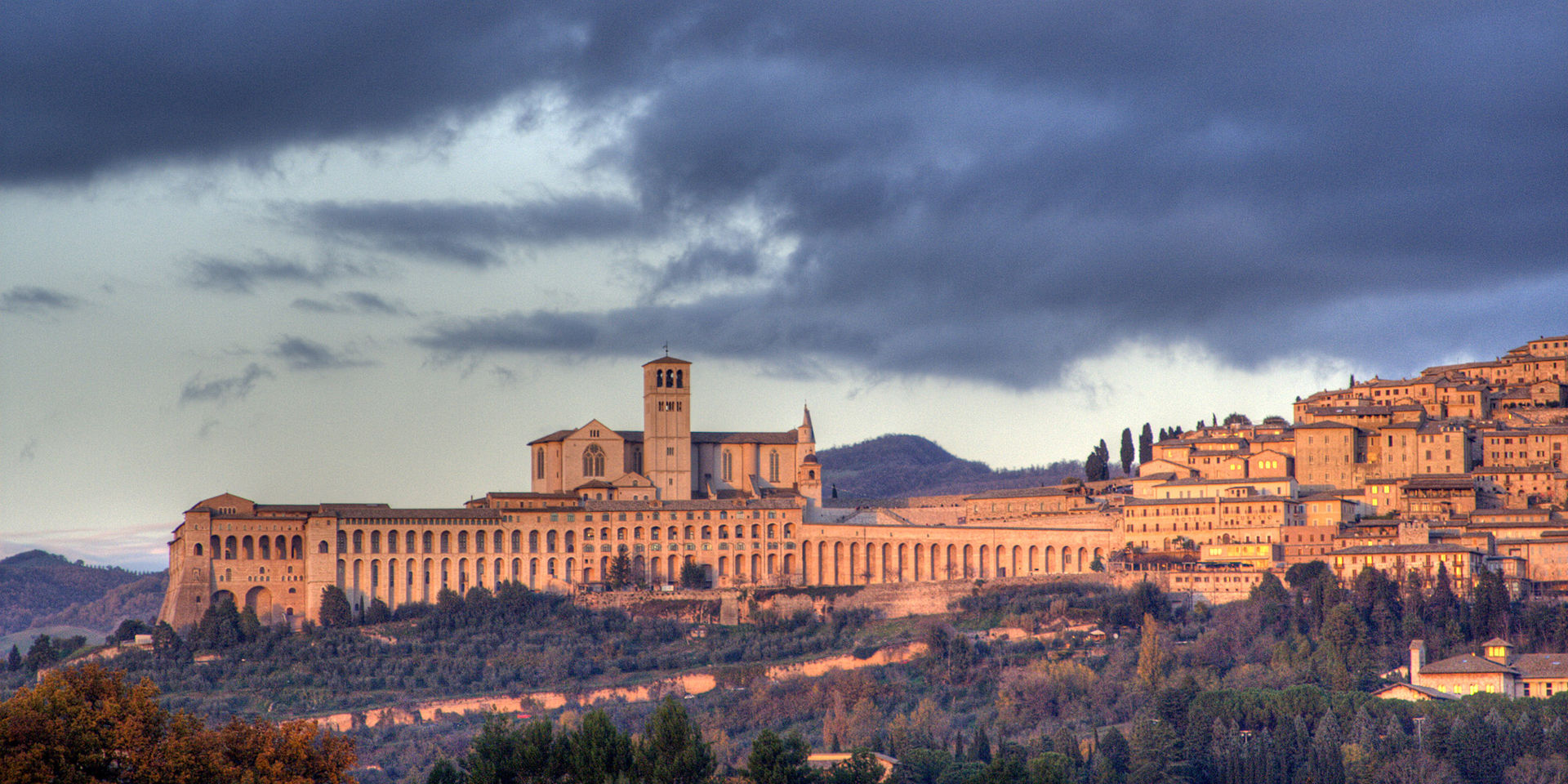
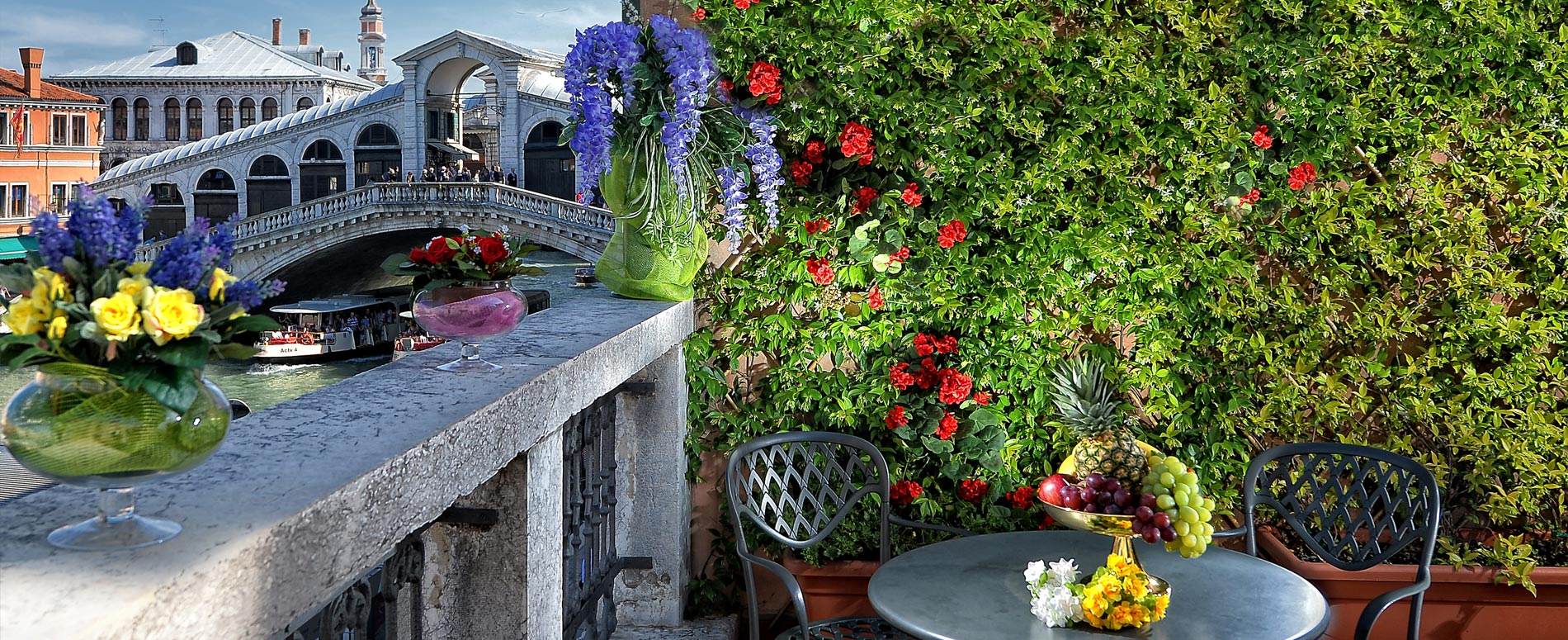






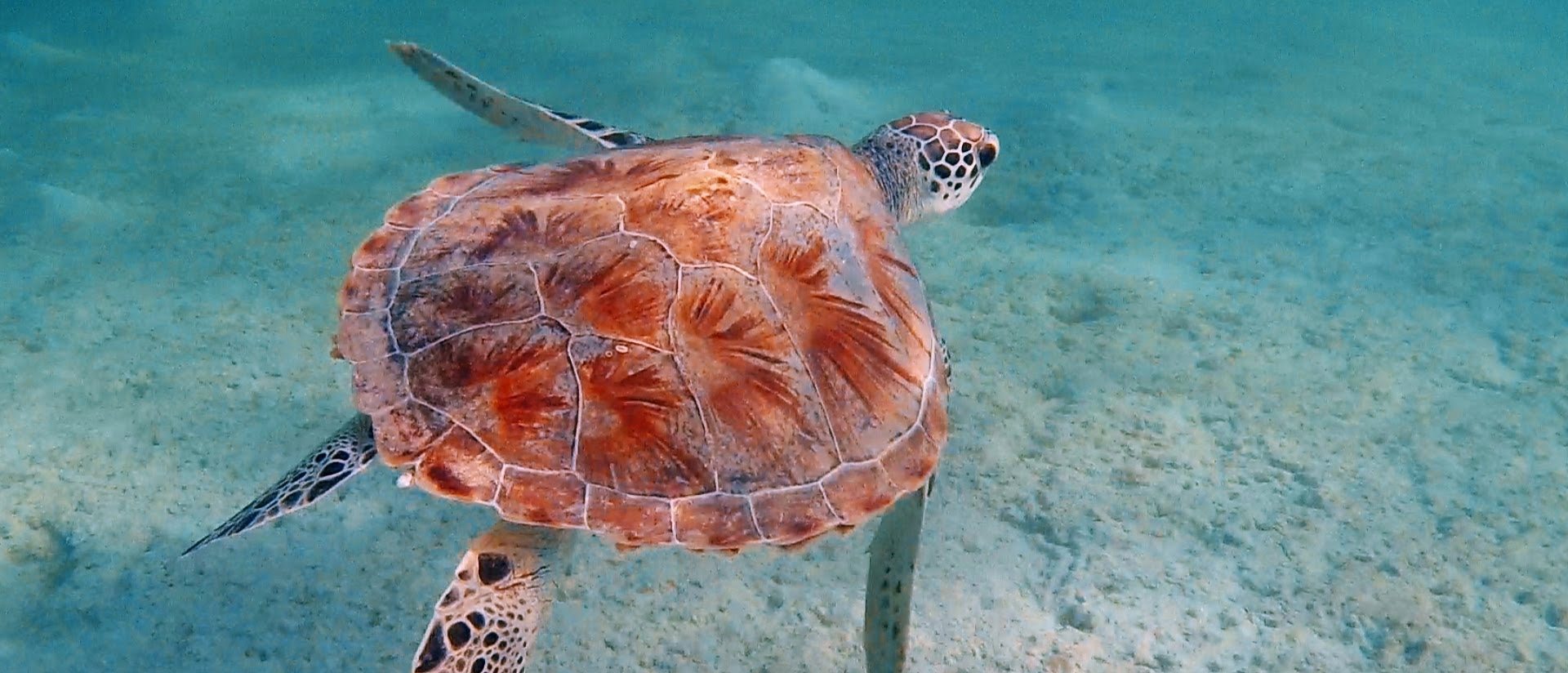

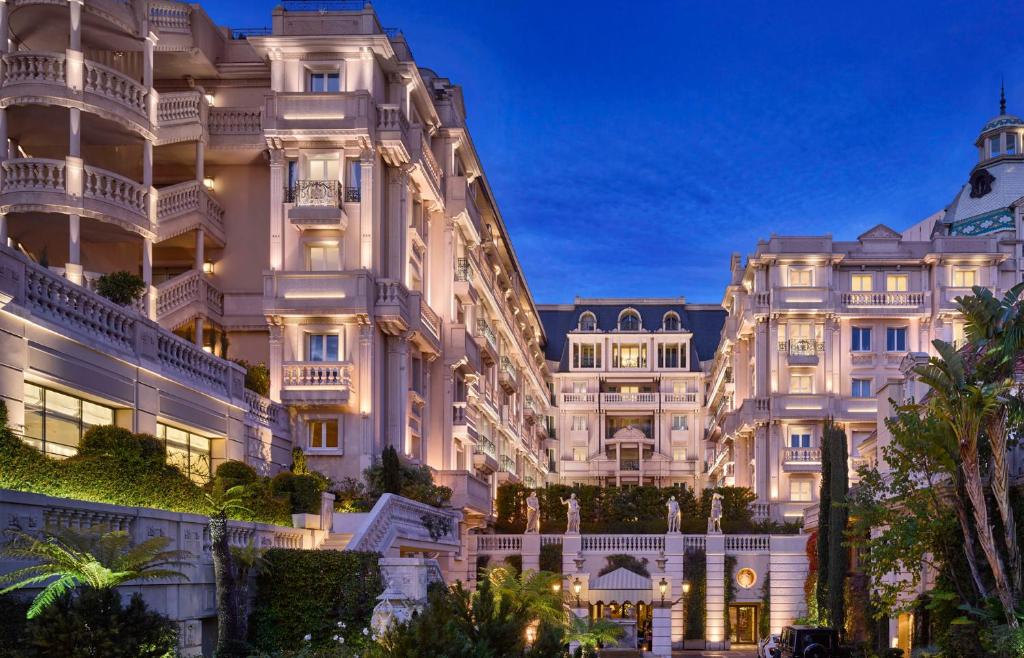

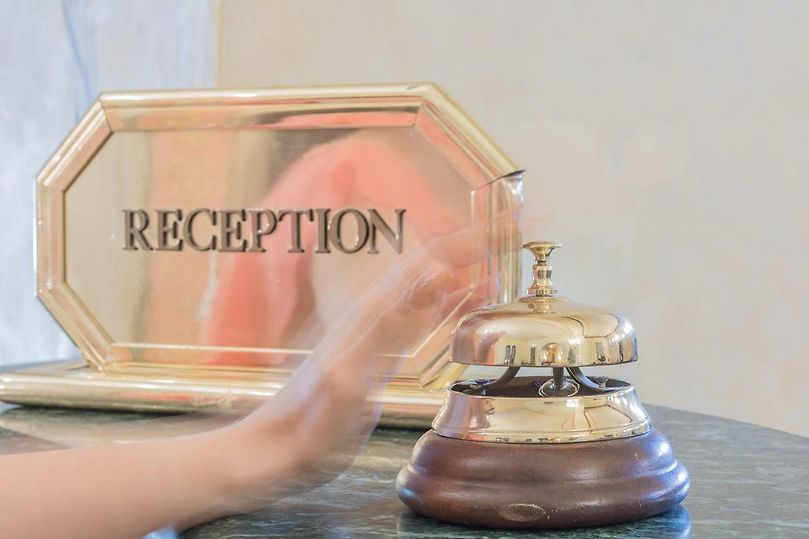
London, United Kingdom
Agent: Cliff Jacobs - Managing Principal Estate Agent & CEO (Nat.Dpl.Hotel Man (UJ). M.P.R.E.)
Agent Cellphone: +27 (0) 84 413 1071 / +27 (0) 61 716 6951
Agent Office Number: +27 (0) 21 554 0283
Agent Email Address: cliff@exquisitehotelconsultants.com
Type: Hotel
Bedrooms: 336
Bathrooms: 336
Showers: 336
Parking: 0
Yield: Not Disclosed
TGCSA Rating:

Hyde Park, London
Hyde Park is a 350 acres (140 ha), historic Grade I-listed urban park in Westminster, Greater London. A Royal Park, it is the largest of the parks and green spaces that form a chain from Kensington Palace through Kensington Gardens and Hyde Park, via Hyde Park Corner and Green Park, past Buckingham Palace to St James's Park. Hyde Park is divided by the Serpentine and the Long Water lakes.
The park was established by Henry VIII in 1536 when he took the land from Westminster Abbey and used it as a hunting ground. It opened to the public in 1637 and quickly became popular, particularly for May Day parades. Major improvements occurred in the early 18th century under the direction of Queen Caroline. The park also became a place for duels during this time, often involving members of the nobility. In the 19th century, The Great Exhibition of 1851 was held in the park, for which The Crystal Palace, designed by Joseph Paxton, was erected.
Free speech and demonstrations have been a key feature of Hyde Park since the 19th century. Speakers' Corner has been established as a point of free speech and debate since 1872, while the Chartists, the Reform League, the suffragettes, and the Stop the War Coalition have all held protests there. In the late 20th century, the park was known for holding large-scale free rock music concerts, featuring groups such as Pink Floyd, The Rolling Stones and Queen. Major events in the park have continued into the 21st century, such as Live 8 in 2005, and the annual Hyde Park Winter Wonderland from 2007.
Geography
Hyde Park is a Royal Park in central London, bounded on the north by Bayswater Road, to the east by Park Lane, and to the south by Knightsbridge. Further north is Paddington, further east is Mayfair and further south is Belgravia. To the southeast, outside the park, is Hyde Park Corner, beyond which is Green Park, St. James's Park and Buckingham Palace Gardens. The park has been Grade I listed on the Register of Historic Parks and Gardens since 1987.
To the west, Hyde Park merges with Kensington Gardens. The dividing line runs approximately between Alexandra Gate to Victoria Gate via West Carriage Drive and the Serpentine Bridge. The Serpentine is to the south of the park area. Kensington Gardens has been separate from Hyde Park since 1728, when Queen Caroline divided them. Hyde Park covers 142 hectares (351 acres), and Kensington Gardens covers 111 hectares (274 acres), giving a total area of 253 hectares (625 acres). During daylight, the two parks merge seamlessly into each other, but Kensington Gardens closes at dusk, and Hyde Park remains open throughout the year from 5 a.m. until midnight.
History
Early history
The park's name comes from the Manor of Hyde, which was the northeast sub-division of the manor of Eia (the other two sub-divisions were Ebury and Neyte) and appears as such in the Domesday Book. The name is believed to be of Saxon origin, and means a unit of land, the hide, that was appropriate for the support of a single family and dependents. Through the Middle Ages, it was property of Westminster Abbey, and the woods in the manor were used both for firewood and shelter for game.
16th–17th centuries
Hyde Park was created for hunting by Henry Vlll in 1536 after he acquired the manor of Hyde from the Abbey. It was enclosed as a deer park and remained a private hunting ground until James I permitted limited access to gentlefolk, appointing a ranger to take charge. Charles I created the Ring (north of the present Serpentine boathouses), and in 1637 he opened the park to the general public. It quickly became a popular gathering place, particularly for May Day celebrations. At the start of the English Civil War in 1642, a series of fortifications were built along the east side of the park, including forts at what is now Marble Arch, Mount Street and Hyde Park Corner. The latter included a strongpoint where visitors to London could be checked and vetted.
In 1652, during the Interregnum, Parliament ordered the then 620-acre (250 ha) park to be sold for "ready money". It realised £17,000 with an additional £765 6s 2d for the resident deer. Following the Restoration of the Monarchy in 1660, Charles II retook ownership of Hyde Park and enclosed it in a brick wall. He restocked deer in what is now Buck Hill in Kensington Gardens. The May Day parade continued to be a popular event; Samuel Pepys took part in the park's celebrations in 1663 while attempting to gain the King's favour. During the Great Plague of London in 1665, Hyde Park was used as a military camp.
18th century
In 1689, William III moved his residence to Kensington Palace on the far side of Hyde Park and had a drive laid out across its southern edge which was known as the King's Private Road. The drive is still in existence as a wide straight gravelled carriage track leading west from Hyde Park Corner across the southern boundary of Hyde Park towards Kensington Palace and now known as Rotten Row, possibly a corruption of rotteran (to muster), Ratten Row (roundabout way), Route du roi, or rotten (the soft material with which the road is covered). It is believed to be the first road in London to be lit at night, which was done to deter highwaymen. In 1749, Horace Walpole was robbed while travelling through the park from Holland House. The row was used by the wealthy for riding in the early 19th century.
Hyde Park was a popular duelling spot during the 18th century, with 172 taking place, causing 63 deaths. The Hamilton–Mohun Duel took place there in 1712, when Charles Mohun, 4th Baron Mohun, fought James Hamilton, 4th Duke of Hamilton. Baron Mohun was killed instantly, and the Duke died shortly afterwards. John Wilkes fought Samuel Martin in 1772, the year in which Richard Brinsley Sheridan duelled with Captain Thomas Mathews over the latter's libellous comments about Sheridan's fiancée, Elizabeth Ann Linley. Edward Thurlow, 1st Baron Thurlow, fought Andrew Stuart in a Hyde Park duel in 1770. Military executions were common in Hyde Park at this time; John Rocque's Map of London, 1746, marks a point inside the park, close to the Tyburn gallows, as "where soldiers are shot.
The first coherent landscaping in Hyde Park began in 1726. It was undertaken by Charles Bridgeman for King George I; after the king's death in 1727, it continued with approval of his daughter-in-law, Queen Caroline. Work was supervised by Charles Withers, the Surveyor-General of Woods and Forests, and divided Hyde Park, creating Kensington Gardens. The Serpentine was formed by damming the River Westbourne, which runs through the park from Kilburn towards the Thames. It is divided from the Long Water by a bridge designed by George Rennie in 1826.
The work was completed in 1733. The 2nd Viscount Weymouth was made Ranger of Hyde Park in 1739 and shortly after began digging the Serpentine lakes at Longleat. A powder magazine was built north of the Serpentine in 1805.
19th–21st centuries
Hyde Park hosted a Great Fair in the summer of 1814 to celebrate the Allied sovereigns' visit to England, and exhibited various stalls and shows. The Battle of Trafalgar was re-enacted on the Serpentine, with a band playing the National Anthem while the French fleet sank into the lake. The coronation of King George IV in 1821 was celebrated with a fair in the park, including an air balloon and firework displays.
One of the most important events to take place in Hyde Park was the Great Exhibition of 1851. The Crystal Palace was constructed on the south side of the park. The public did not want the building to remain after the closure of the exhibition, and its architect, Joseph Paxton, raised funds and purchased it. He had it moved to Sydenham Hill in South London. Another significant event was the first Victoria Cross investiture, on 26 June 1857, when 62 men were decorated by Queen Victoria in the presence of Prince Albert and other members of the Royal Family, including their future son-in-law Crown Prince Frederick William of Prussia.
The Hyde Park Lido sits on the south bank of the Serpentine. It opened in 1930 to provide improved support for bathing and sunbathing in the park, which had been requested by the naturist group, the Sunlight League. The Lido and accompanying Pavilion was designed by the Commissioner of Works, George Lansbury, and was half funded by a £5,000 (now equivalent to £336,000) donation from Major Colin Cooper (1892–1938). It still sees regular use in the summer.
Hyde Park has been a major venue for several Royal jubilees and celebrations. For the Golden Jubilee of Queen Victoria in 1887, a party was organised on 22 June where around 26,000 school children were given a free meal as a gift. The Queen and the Prince of Wales made an unexpected appearance at the event. Victoria remained fond of Hyde Park in the final years of her life and often drove there twice a day. As part of the Queen's Silver Jubilee in 1977, a Jubilee Exhibition was set up in Hyde Park, with the Queen and Prince Philip visiting on 30 June. In 2012, a major festival took place in the park as part of the Queen's Diamond Jubilee celebrations. On 6 February, the King's Troop, Royal Horse Artillery, fired a 41-gun Royal Salute at Hyde Park Corner.
On 20 July 1982, a Provisional Irish Republican Army bomb killed four soldiers and seven horses. A memorial was constructed to the left of the Albert Gate to commemorate the soldiers and horses killed in the blast.
Since 2007, Hyde Park has played host to the annual Winter Wonderland event, which features numerous Christmas-themed markets, along with various rides and attractions, alongside bars and restaurants. It has become one of the largest Christmas events in Europe, having attracted over 14 million visitors as of 2016, and has expanded to include the largest ice rink in London, live entertainment and circuses.
On 18 September 2010, Hyde Park was the setting for a prayer vigil with Pope Benedict XVI as part of his visit to the United Kingdom, attended by around 80,000 people. A large crowd assembled along the Mall to see the Pope arrive for his address. An attempt to assassinate the Pope had been foiled after five people dressed as street cleaners were spotted within a mile of Hyde Park, and arrested along with a sixth suspect. They were later released without charge as police said they posed no credible threat.
Grand Entrance
During the late 18th century, plans were made to replace the old toll gate at Hyde Park Corner with a grander entrance, following the gentrification of the area surrounding it. The first design was put forward by Robert Adam in 1778 as a grand archway, followed by John Soane's 1796 proposal to build a new palace adjacent to the corner in Green Park.
Following the construction of Buckingham Palace, the improvement plans were revisited. The grand entrance to the park at Hyde Park Corner was designed by Decimus Burton, and was constructed in the 1820s. Burton laid out the paths and driveways and designed a series of lodges, the Screen/Gate at Hyde Park Corner (also known as the Grand Entrance or the Apsley Gate) in 1825 and the Wellington Arch, which opened in 1828. The Screen and the Arch originally formed a single composition, designed to provide a monumental transition between Hyde Park and Green Park, although the arch was moved in 1883. It originally had a statue of the Duke of Wellington on top; it was moved to Aldershot in 1883 when the arch was re-sited.
Botany
Flowers were first planted in Hyde Park in 1860 by William Andrews Nesfield. The next year, the Italian Water Garden was constructed at Victoria Gate, including fountains and a summer house. Queen Anne's Alcove was designed by Sir Christopher Wren and was moved to the park from its original location in Kensington Gardens.
During the late 20th century, over 9,000 elm trees in Hyde Park were killed by Dutch elm disease. This included many trees along the great avenues planted by Queen Caroline, which were ultimately replaced by limes and maples. The park now holds 4 acres (1.6 ha) of greenhouses which hold the bedding plants for the Royal Parks. A scheme is available to adopt trees in the park, which helps fund their upkeep and maintenance. A botanical curiosity is the weeping beech, which is known as "the upside-down tree". A rose garden, designed by Colvin & Moggridge Landscape Architects, was added in 1994.
Monuments
There are a number of assorted statues and memorials around Hyde Park. The Cavalry Memorial was built in 1924 at Stanhope Gate. It moved to the Serpentine Road when Park Lane was widened to traffic in 1961. South of the Serpentine is the Diana, Princess of Wales memorial, an oval stone ring fountain opened on 6 July 2004. To the east of the Serpentine, just beyond the dam, is Britain's Holocaust Memorial. The 7 July Memorial in the park commemorates the victims of 7 July 2005 London bombings.
The Standing Stone is a 7 t (7.7-ton) monolith at the centre of the Dell, in the east of Hyde Park. Made of Cornish stone, it was originally part of a drinking fountain, though an urban legend was established, claiming it was brought from Stonehenge by Charles I.
An assortment of unusual sculptures are scattered around the park, including: Still Water, a massive horse head lapping up water; Jelly Baby Family, a family of giant Jelly Babies standing on top of a large black cube; and Vroom Vroom, which resembles a giant human hand pushing a toy car along the ground. The sculptor Jacob Epstein constructed several works in Hyde Park. His memorial to the author William Henry Hudson, featuring his character Rima caused public outrage when it was unveiled in 1925.
There has been a fountain at Grosvenor Gate since 1863, designed by Alexander Munro. There is another fountain opposite Mount Street on the park's eastern edge.
A pet cemetery was established at the north edge of Hyde Park in the late 19th century. The last burial took place in 1976.
This development includes:
Hotel Product
Hotel Performance Forecast
38.4m Total Revenue
68% rooms, 24% F&B, 7% meeting rooms and 1% MOD
22.1m / 58% Gross Profit
19.1m / 49.7% EBITDAR
3.8% FF&E reserve
17.6m / 45,9% Net Income
5,7% Net Yield
THIS IS AN EXCLUSIVE OFF-MARKET SALE MANDATE












































Cliff Jacobs (Nat Dpl Hotel Man (UJ). MPRE. GA Level 5 TEFL) Managing Principal / CEO Exquisite Hotel Consultants (Pty) Ltd Mobile: +27 (0) 84 413 1071 / +27 (0) 61 716 6951 Landline: +27 (0) 21 554 0283 Email: cliff@exquisitehotelconsultants.com Web: https://www.exquisitehotelconsultants.com © All rights reserved Terms and Conditions apply Scroll down to view our Hospitality Properties and Businesses for sale or lease or lease-to-buy or partnership arrangement or management agreement arrangement